Burning the Midnight Oil for Living Energy Independence
 The big news from July was: Senate’s energy bill: What a disappointment (LA Times Editorial):
The big news from July was: Senate’s energy bill: What a disappointment (LA Times Editorial):
Amid tough fights over healthcare and financial reform, Obama’s push for cleaner energy ran out of gas long ago. It looked like a losing battle anyway; with Senate Republicans universally opposing a cap-and-trade program or other efforts to reduce greenhouse gases, and some Democrats in heavy manufacturing states also opposed, it may have been impossible to round up the 60 votes needed to overcome a filibuster on a Senate energy bill as strong as the one passed by the House last year. But that doesn’t excuse Obama or Reid for surrendering so easily, or so completely.
So we need to do something. And the strategy to stitch together a complex, multiple part, massive sprawling suburb of an Energy Bill that would be all things to all people has failed in precisely the way its opponents intended it to fail: this is a big reason why Big Oil was so heavily invested in the fight against health care reform, to make sure that it took so much time that the Energy Bill would run into election year politics and their direct lobbying efforts and come unglued.
Treason? Well, given that we are far more exposed to a disruption of our energy imports than to any threat to be found in Afghanistan, and are far more exposed to catastrophic climate change than to any threat being secured by our bases in Japan, Germany or any of the balance from the 687,347 acres of overseas military bases … sure.
But what to do about it?
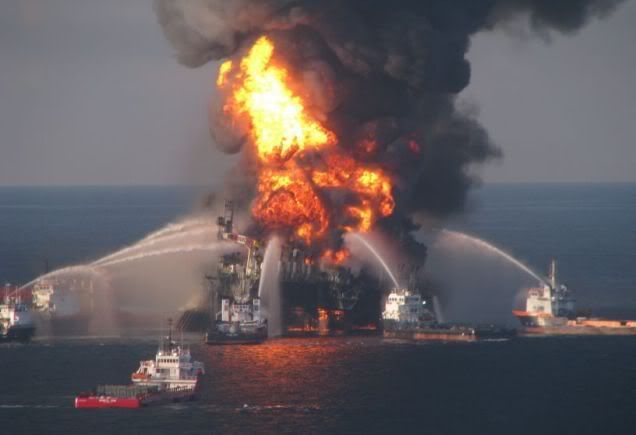 Cap’n Transit Rides Again wrote about “Getting People Out of their Cars by Not Subsidizing Roads], which perplexed Yonah Freemark at The Transport Politic, which draw a response from Cap’n Transit asking whether we want to be serious, or right.
Cap’n Transit Rides Again wrote about “Getting People Out of their Cars by Not Subsidizing Roads], which perplexed Yonah Freemark at The Transport Politic, which draw a response from Cap’n Transit asking whether we want to be serious, or right.
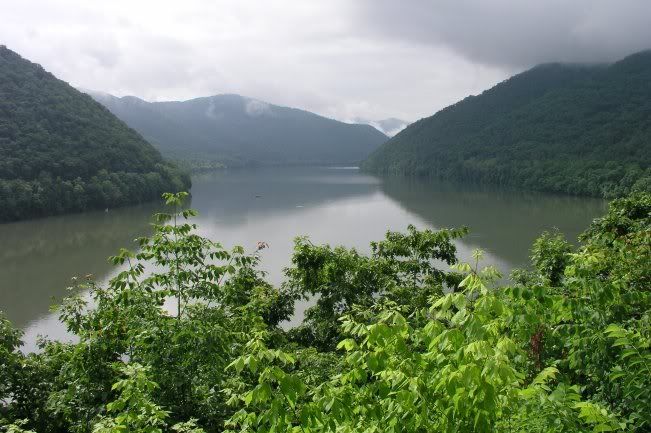 The flashy rail projects are the very HSR projects to build bullet trains serving urban areas with millions of people.
The flashy rail projects are the very HSR projects to build bullet trains serving urban areas with millions of people. I’ve written several times about the direct potential of the Steel Interstate project to cut our oil imports by 10% by getting long haul freight trucking off the road. It would at the same time relieve the crushing burden imposed by long haul trucking on our over-worked, under-maintained Interstate, National and State highways, help get renewable energy resources from places that they are to places people need electricity, and of course support long distance Rapid Passenger Rail offering dramatically improved reliability and transit speed, supporting operating surpluses with multiple services per day.
I’ve written several times about the direct potential of the Steel Interstate project to cut our oil imports by 10% by getting long haul freight trucking off the road. It would at the same time relieve the crushing burden imposed by long haul trucking on our over-worked, under-maintained Interstate, National and State highways, help get renewable energy resources from places that they are to places people need electricity, and of course support long distance Rapid Passenger Rail offering dramatically improved reliability and transit speed, supporting operating surpluses with multiple services per day.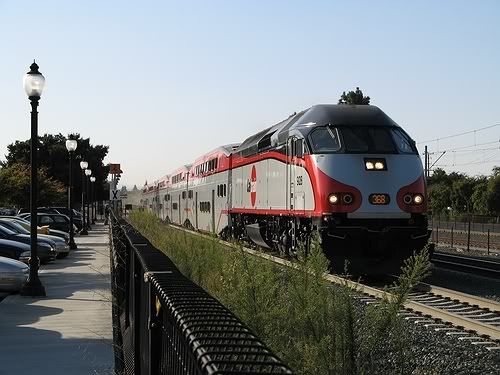 After the outcry when the Caltrain system between San Francisco and San Jose (and once in a while beyond) faced a scare that it would drop from 86 trains per day down to a peak-commute-only 48 trains per day …
After the outcry when the Caltrain system between San Francisco and San Jose (and once in a while beyond) faced a scare that it would drop from 86 trains per day down to a peak-commute-only 48 trains per day …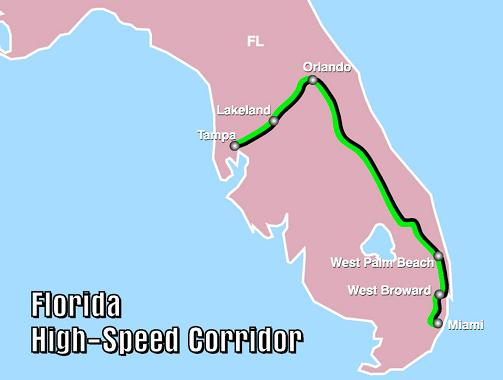 Suppose that you wanted to inject a framing into a purely political strategy which also happened to involve sabotaging the future of the nation’s economy? “We sabotaged the future economy” would be a bad talking point there.
Suppose that you wanted to inject a framing into a purely political strategy which also happened to involve sabotaging the future of the nation’s economy? “We sabotaged the future economy” would be a bad talking point there. Way back before the Super Bowl, the White House had a series of exciting announcements, covered at
Way back before the Super Bowl, the White House had a series of exciting announcements, covered at 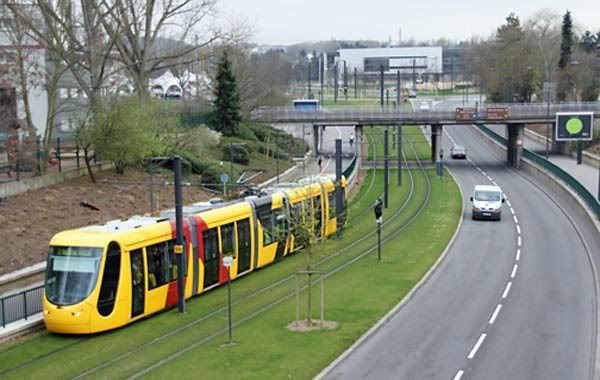 I was reading a
I was reading a  The big news from July was:
The big news from July was: 